|
|
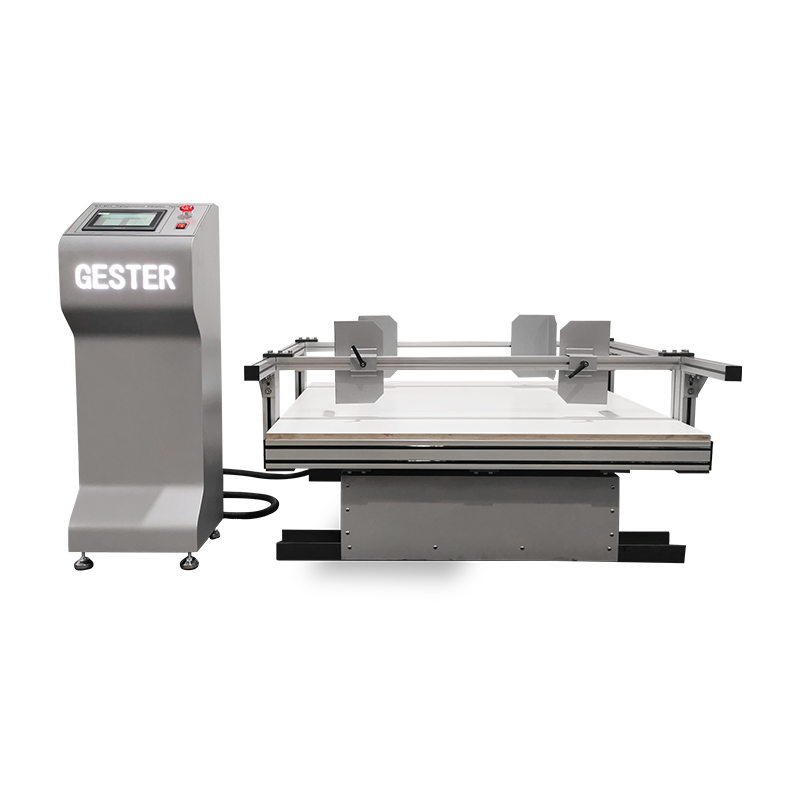
|
Why Choose a Package Vibration Testing Machine?
With the continued growth of global trade, products need to be transported over long distances and complex terrain. During this process, packaged products are inevitably subjected to various shocks and vibrations. Improper packaging design or product quality issues can easily lead to damage during transportation, resulting in returns, claims, and even loss of customer trust. Therefore, the emergence of a vibration testing equipment provides companies with an effective means to assess the resistance of packaged products, enabling them to improve design and enhance product quality.
Standards:
ISTA
ASTM D999
|
Transportation Vibration Tester Application range
-
In the electronics sector, test benches are used to evaluate the packaging resistance of products such as mobile phones, tablets, and laptops.
-
In the machinery industry, test benches are used to assess the packaging quality of products such as machine tools, bearings, and gears.
-
In the automotive industry, test benches are used to evaluate the packaging safety of automotive parts.
-
In the home appliance industry, test benches are used to evaluate the packaging reliability of products such as refrigerators, washing machines, and air conditioners.
Packaging vibration tester Key Specifications
|
Model
|
GT-M11
|
|
Vibration frequency
|
100-300rpm
|
|
Frequency precision
|
2rpm
|
|
Max load capacity
|
100kg
|
|
Displacement (Vibration amplitude range)
|
25.4mm (1 inch)
|
|
Vibration mode
|
Reciprocating (Rotary)
|
|
Simulation vehicle speed
|
25~40km/h
|
|
Standard motions
|
Rotary DC Motion (Standard)
|
|
Standard table Size
|
1200x1200mm
|
|
Timing functions
|
99H99M
|
|
Power supply
|
AC 220V 50/60Hz
|
|
Dimensions
|
Main body: 1300×1320×880mm (L×W×H)
Console: 360×320×1030mm (L×W×H)
|
|
Weight
|
About 300kg
|
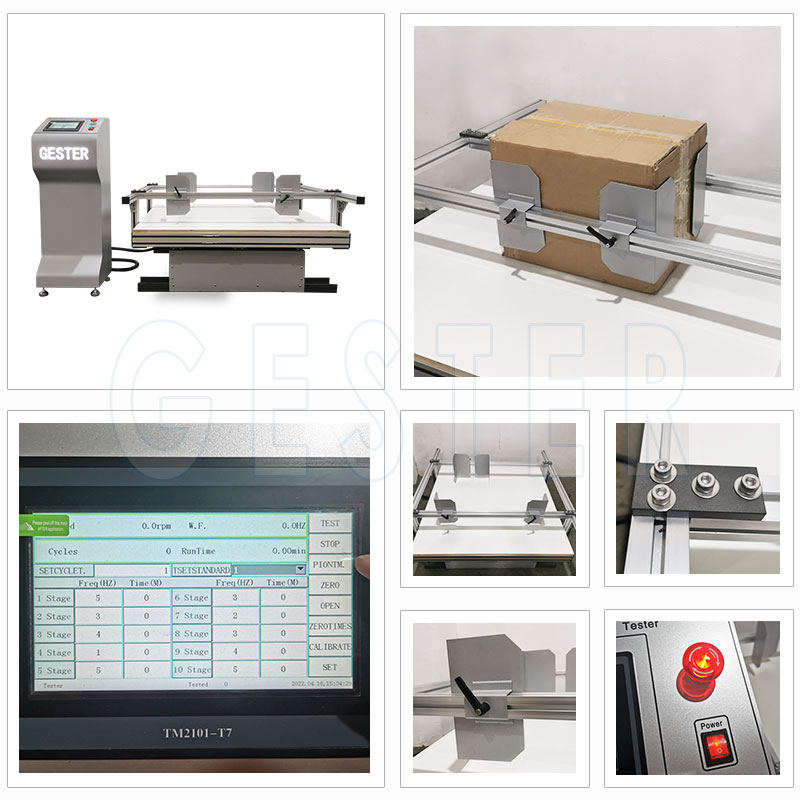
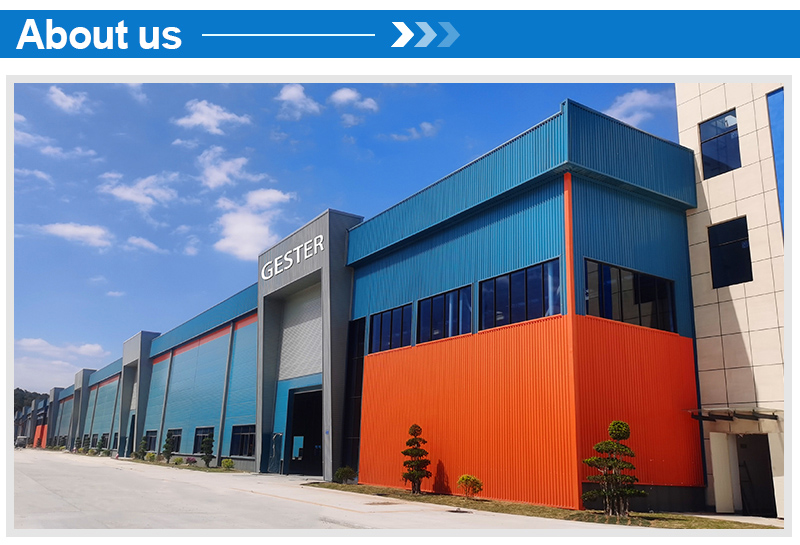  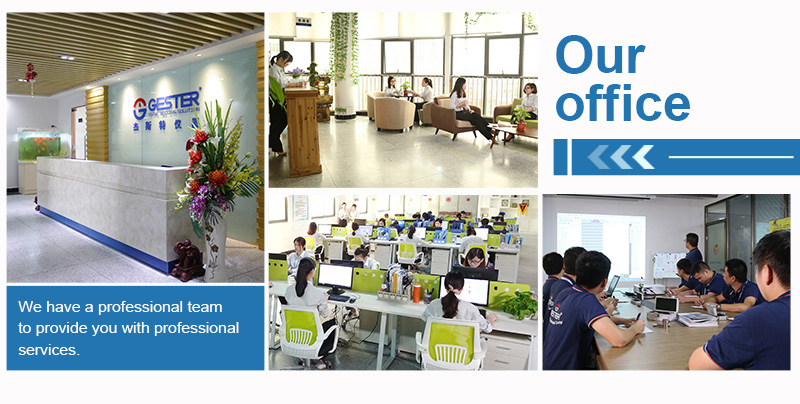  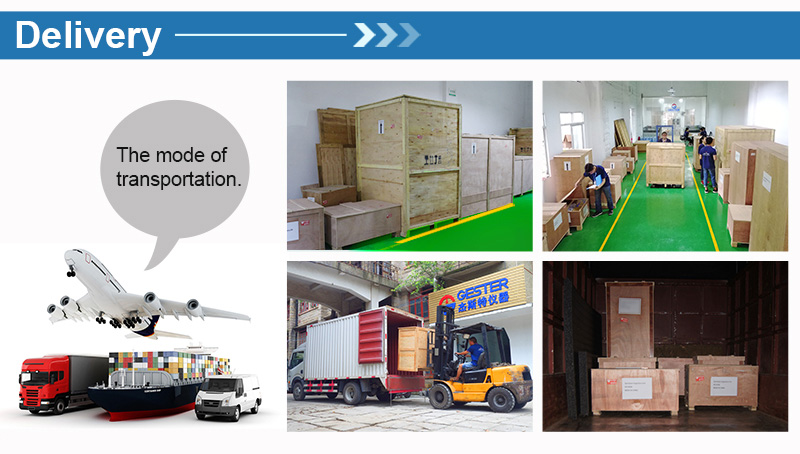  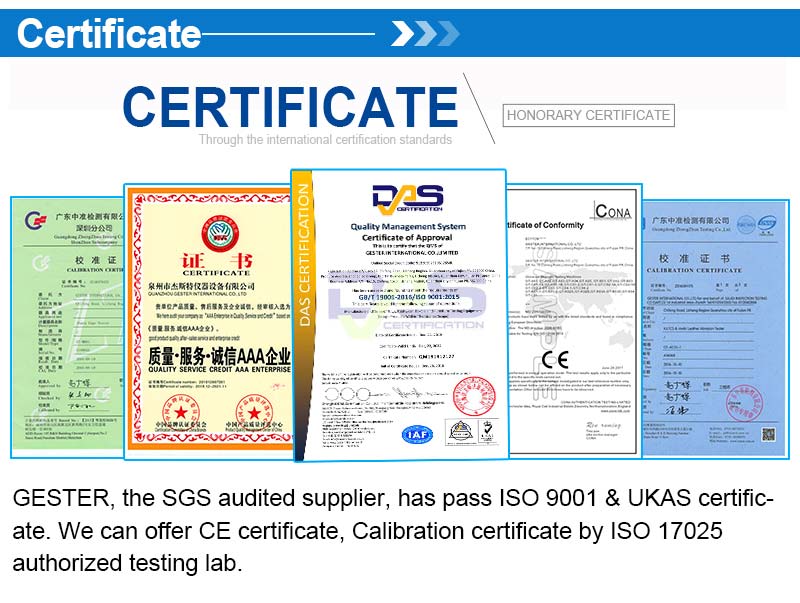
|